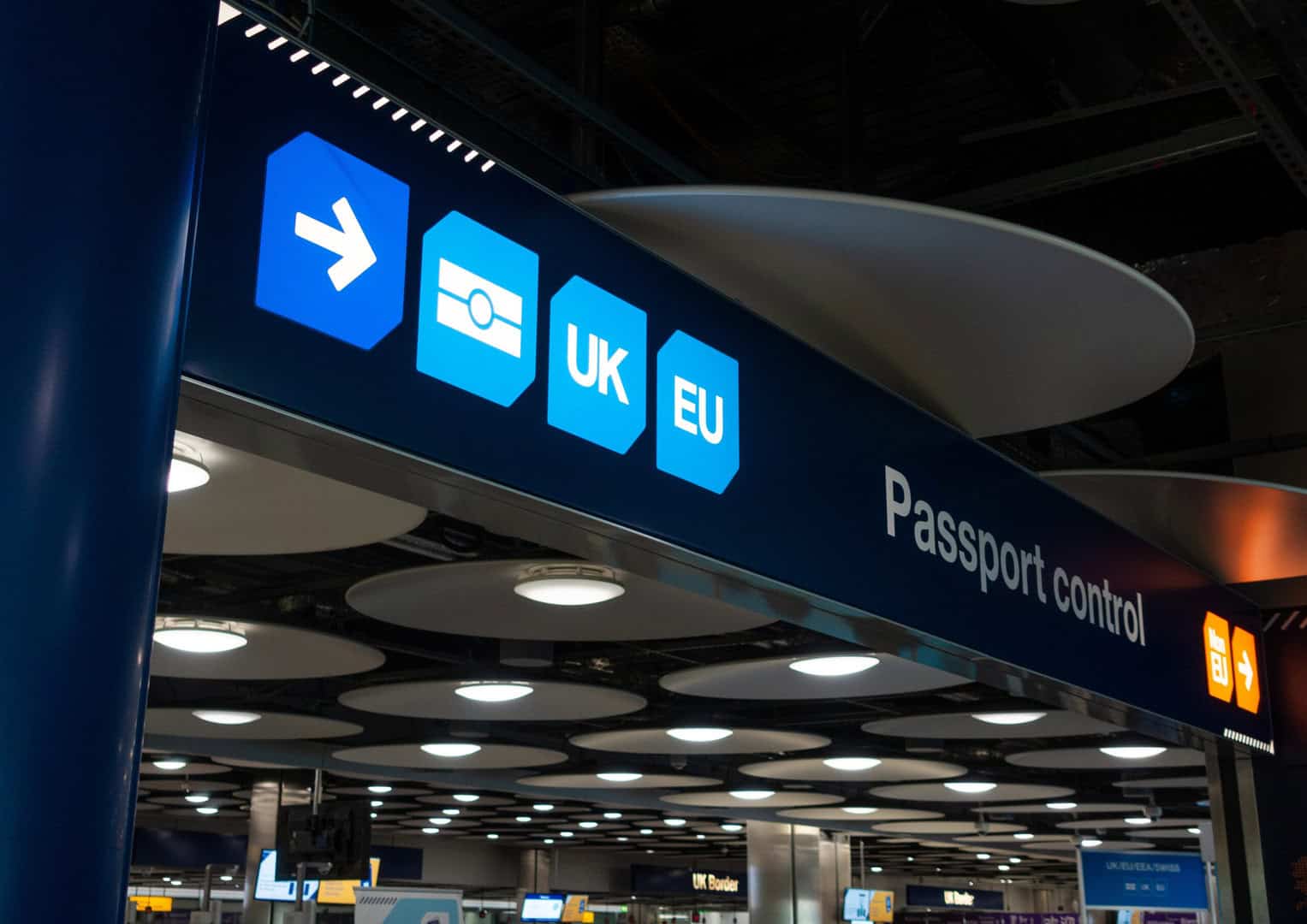A new system is being introduced that will affect UK nationals traveling to the EU and Europe. If you’re planning on travelling abroad, including driving to the EU in your motorhome or campervan you’ll need to be aware of these upcoming changes, here’s a breakdown of everything you need to know about the new Entry/Exit System (EES).
What is the EES and when is it coming into practice?
Set to be implemented in October 2025, the EES is a new border check system for non-Schengen zone nationals (this includes UK citizens) who are entering and exiting the Schengen area.
The Entry/Exit System has faced much delay in its implementation, it has been postponed multiple times since its original launch date in 2022. Its last set launch date was in November 2024, however was postponed at the last minute as several member states expressed that their systems were not ready, and following reports that the EU’s software for the system had not yet been tested at UK border points.
To support the successful introduction of the EES, the roll out will be implemented in gradual phases over the course of 6 months, beginning with targeting 10% of border checks and progressively scaling until full implementation.
The new border check system
The EES system is to replace the current system of manually stamping passports when visitors arrive in the EU/Schengen travel area. For this new system, every port, airport, and land border will be using new technology to record and verify biometric data.
When a non-Schengen traveller enters the Schengen zone for the first time, they will be required to provide fingerprints and facial images, this digital record will then be stored (for 3 years) for future travel.
Countries implementing this new system have initially warned of possible longer wait times and potential delays at busy borders, especially during peak travel seasons as each new traveller will need to have their data taken, following entries may be faster to process as the data has already been taken and only needs to be verified.
What countries are using the EES system
There are currently 29 European countries that will be introducing the Entry/Exit System:
Austria, Belgium, Croatia, Czechia, Denmark, Estonia, Finland, France, Germany, Greece, Hungry, Iceland, Italy, Latvia, Liechtenstein, Lithuania, Luxembourg, Malta, Netherlands, Norway, Poland, Portugal, Romania, Slovakia, Slovenia, Spain, Sweden, Switzerland
Exceptions to EES
There are certain exceptions to the Entry/Exit System, the EU websites states the EES will not apply to:
- Nationals of the European countries using the EES, as well as Cyprus and Ireland
- Non-EU nationals who hold a residence card and are immediately related to an EU national
- Non-EU nationals who hold a residence card or a residence permit and are immediately related to a non-EU national who can travel throughout Europe like an EU citizen
- Non-EU nationals travelling to Europe as part of an intra-corporate transfer or for the purposes of research, studies, training, voluntary service, pupil exchange schemes or educational projects and au-pairing
- Holders of residence permits and long-stay visas
- Nationals of Andorra, Monaco and San Marino and holders of a passport issued by the Vatican City State or the Holy See
- People exempt from border checks or who have been granted certain privileges with respect to border checks (such as heads of state, cross-border workers, etc.);
- People not required to cross external borders solely at border crossing points and during fixed opening hours
- People holding a valid local border traffic permit
- Crew members of passenger and goods trains on international connecting journeys
- People holding a valid Facilitated Rail Transit Document or valid Facilitated Transit Document, provided they travel by train and do not disembark anywhere within the territory of an EU Member State
Why is this system being introduced?
Reasons why the Entry/Exit System has been introduced include:
- It is a more reliable and efficient system than manual stamping
- It helps combat identity fraud and improve security at borders
- This new system will detect if travellers exceed their 90 day Schengen travel allowance, so to avoid penalties ensure you are tracking your stay! Make sure you are not travelling for more than 90 days within a rolling 180 day period in the Schengen zone. You can learn more about the Schengen travel rules
Travel Updates to Follow the EES – the European Travel Information and Authorisation System (ETIAS)
Following the successful implementation of the Entry/Exit System will be the introduction of the European Travel Information and Authorisation System (ETIAS). This system will require Non-EU visa exempt travellers to apply and obtain travel authorisation before they are able to visit a country requiring ETIAS. You can learn more about what ETIAS is, the costs, and exemptions here.
Sources:
https://commonslibrary.parliament.uk/the-eu-entry-exit-system-and-eu-travel-authorisation-system/
https://travel-europe.europa.eu/ees_en







